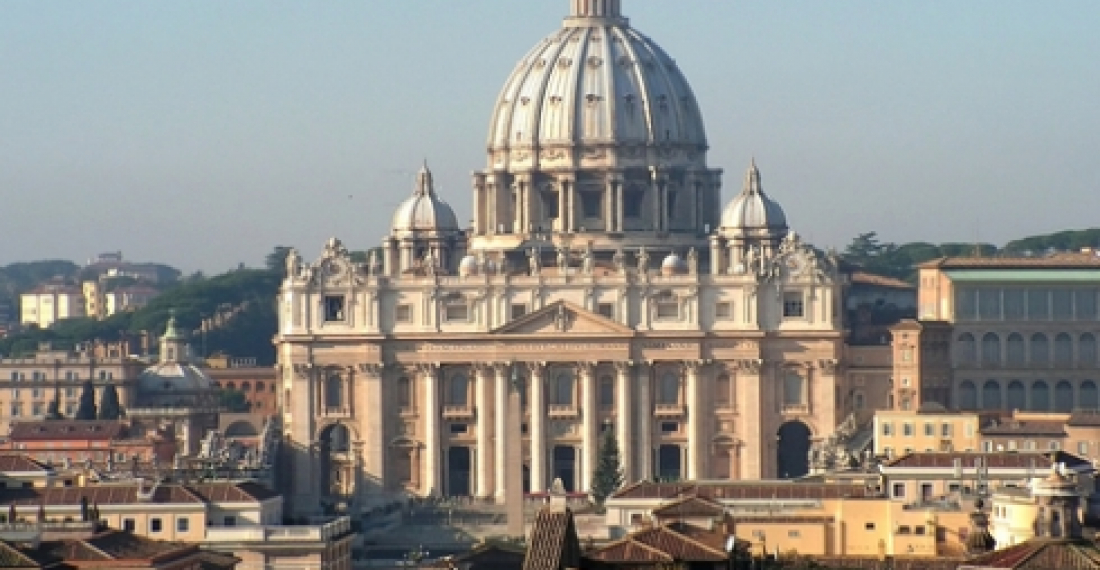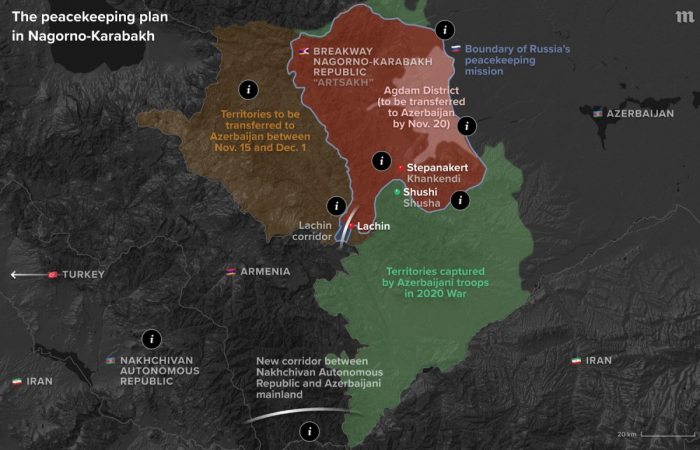On 7 March the Government of Armenia adopted a decision to open an Embassy in Vatican in line with a relevant decree of the Armenian President, and to appoint the president’s son-in-law, Mikael Minasyan, Armenia’s ambassador to Vatican. The diplomatic relations of Armenia and Vatican were established on May 23 1992. Before Minasyan, Vigen Chitechyan , Armenia’s ambassador to Italy, was occupying this position as an ambassador with concurrent accreditation. But from now on, different ambassadors will represent Armenia’s interests in Vatican and Italy. The given decision at the period when Raffi Hovannisian’s “greetings revolution” is taking place in the republic, is undoubtedly the reason for certain thoughts which will inevitably result in two main options…
To understand the logic which Serzh Sargsyan was guided with when appointing Minasyan to the position of Armenia’s ambassador to Vatican, let’s study background of the latter. Minasyan started working like his father-in-law’s assistant when Sargsyan was Armenia’s prime minister. In 2008 when Sargsyan became the president of Armenia, Minasyan became the first deputy head of the president’s administration. In November 2011, on the threshold of the parliamentary election in 2012, the president’s son-in-law suddenly left his position and was appointed deputy chairman of the electoral headquarters of the Republican Party of Armenia. Then he was appointed deputy chairman of Serzh Sargsyan’s headquarters on the threshold of the presidential election on 18 February 2013. Before appointment to the position of Armenia’s ambassador to Vatican, in fact the president’s son-in-law did not occupy state positions. Actually, one of the key missions of Minasyan during all these years was organizing of propaganda and PR – the sphere that adopted a laissez-faire attitude over the past years and was chiefly directed for local usage. This was also about the coverage of such painful for the Armenians issues like international recognition of the Armenian genocide and the Karabakh conflict.
Using patronage of the pro-presidential forces and his own financial potential, Minasyan purchased a number of big TV channels which used to organize public opinion polls that were evidence of unprecedented high rating of the authorities. The new information resources, mainly in the form of e:mass media have recently started growing in Armenia like mushrooms. Incidentally, propaganda of Armenia’s and the NKR’s interests used to occupy a modest though not so little place in their activity. However, this is not regarding the information about the life of Armenian and foreign film starts, about murders and suicides, rape and religious sects, homosexuals and other such factors. Today, serious analytical idea in Armenia is expelled by the everyday information. There is a viewpoint that such an information policy is professionally conducted purposefully for protection of a narrow group interests, taking into consideration the new realities and modern information technologies. Almost every month we see in the information area another “military expert” which did not serve in the army, or a “psychologist” that has no experience, an “analyst” which has never analyzed the policy and has got no relevant education, and a PR – technologist which does not know what is PR. However, all these people which give press-conferences and repeat expressions which they learned by heart, have been forming public opinion in Armenia and about Armenia in abroad. So, the Armenian propaganda has been rather successfully fulfilling the mission placed on it on formation of the public discussion which the authorities need. The Armenian society was becoming more and more apolitical and was chiefly trusting in the information area which was weakened with “tasty” information that does not form ideas. As a result, Armenian lawyers go on not trusting in jurisprudence, functionaries – in priority of law, members of the parliament – that they are linked with electorate in a certain way, etc.
For this reason, the February presidential election have demonstrated failure of Minasyan’s media-empire, which was not adequate to the reality of the day. And the “official” 37% of Raffi Hovannisian and 58% of Serzh Sargsyan and the “greetings revolution” that has covered Armenia, have become not the best evidences of effectiveness of this model. According to one of the options, the reason of Minasyan’s appointment was inability to affect public opinion over the presidential campaign, although the data of the Central electoral committee are the result of such an activity. So, according to the first option, the given appointment should be understood like a political deportation of a man which should be removed from direct participation in the post-election processes for some period of time. Especially, the man which is taken by the people like an all-powerful.
The second option seems to be more realistic, according to which having appointed his son-on-law to the position of Armenia’s ambassador to Vatican, Serzh Sargsyan put the start to Minasyan’s career in the international policy. However, one may suppose that Sargsyan with a second term in office, has started preparing the operation “successor”. In 2018 the incumbent president of Armenia in the best traditions of the post-soviet Armenia should name his successor, and this name will sound in the ears of the people more effectively if it is accompanies with prefix “foreign minister”. One should not rule out that diplomatic activity in Vatican may be very much successful for the political future of the 35 years old Minasyan. Although it sounds funny, but different projects financed by Heydar Aliyev’s foundation and personally by Mehriban Aliyeva have already started giving new results in Vatican. And dissemination of new ideas in Europe in the Vatican’s still balanced position on Karabakh settlement may put Serzh Sargsyan in front serious problems. In Armenia they wrongly think that the Karabakh conflict is still being resolved at the line of contact between the armies of Azerbaijan and the NKR, often forgetting about formation of the new unseen lines. And the incumbent president of Armenia may entrust only to Minasyan the formation of these lines. So, if the president’s son-in-law manages to neutralize the efforts of the Azerbaijani lobby on the Karabakh issue in Vartican, this will become am important basis for his future personal development and building of a serious political career.
ArmInfo






